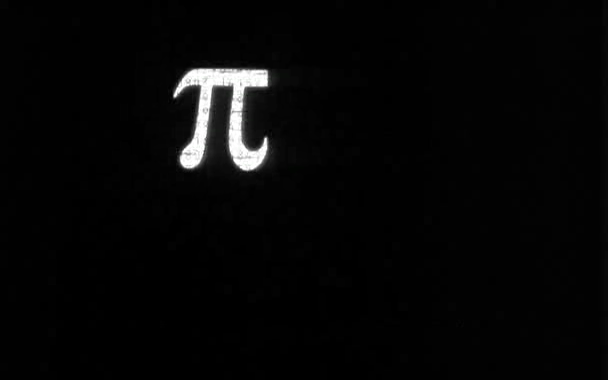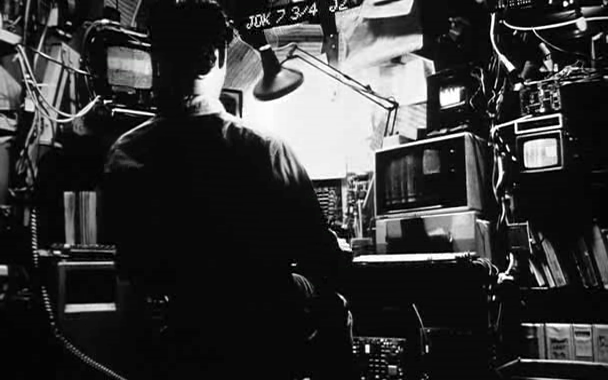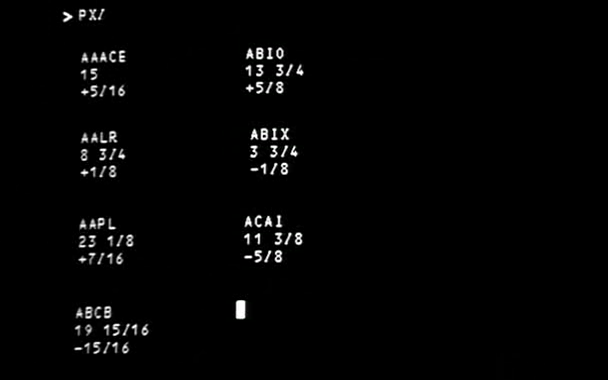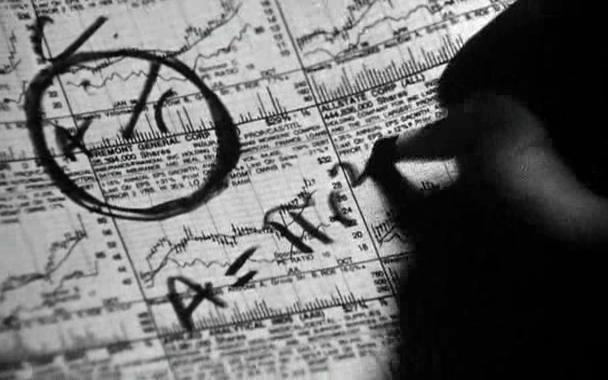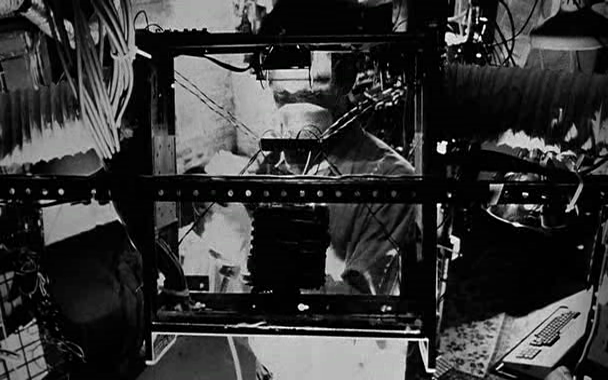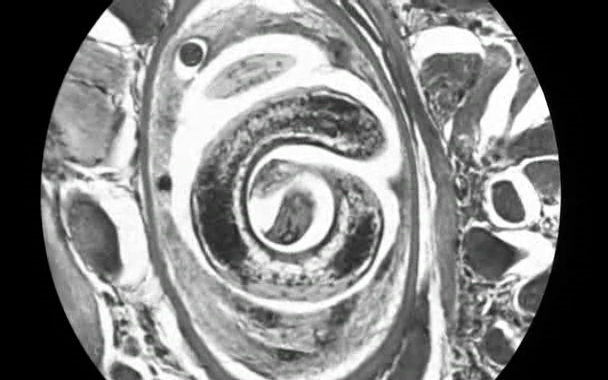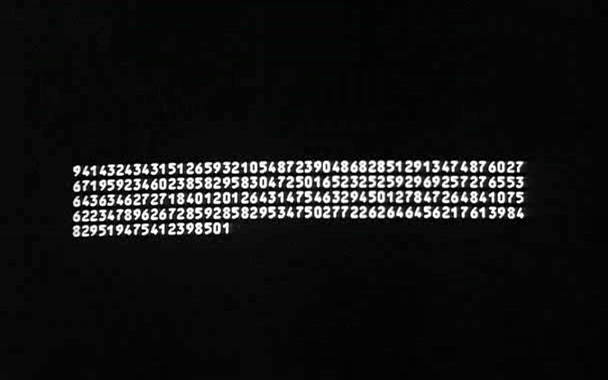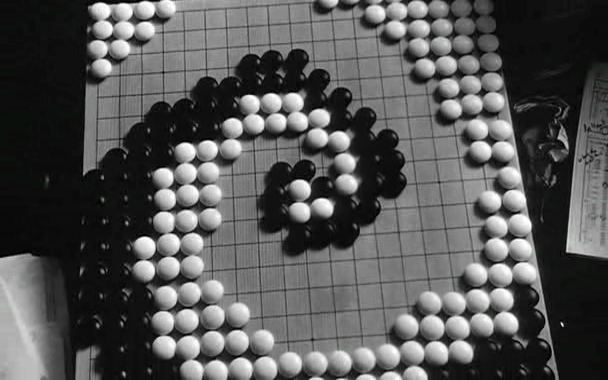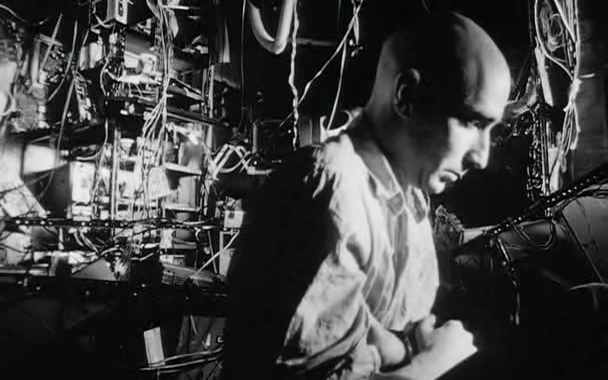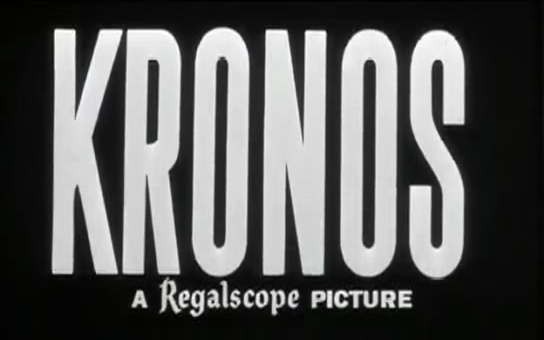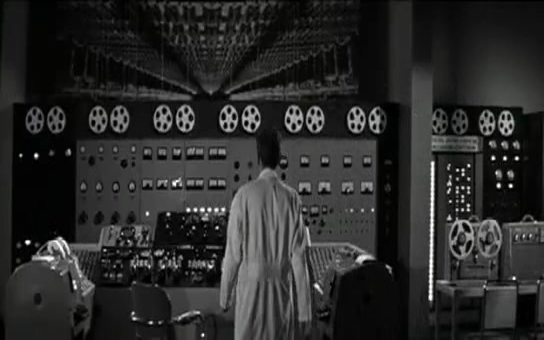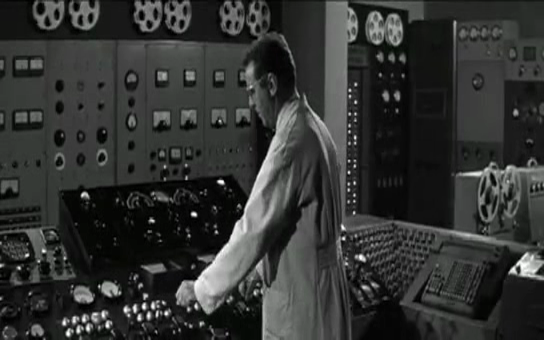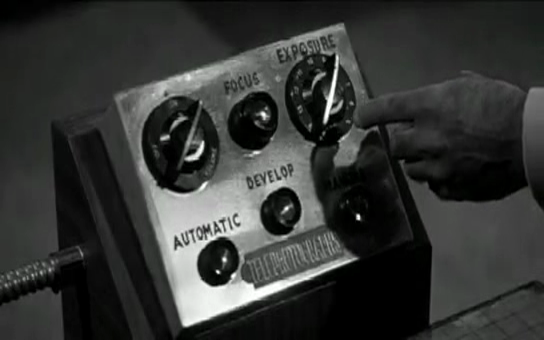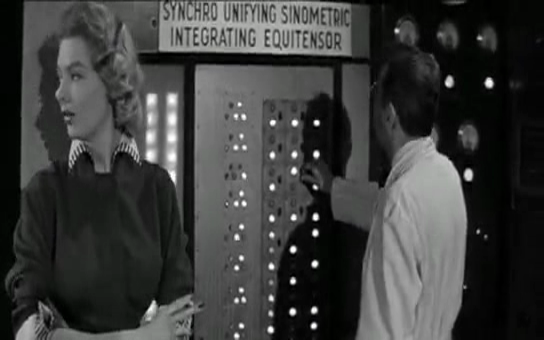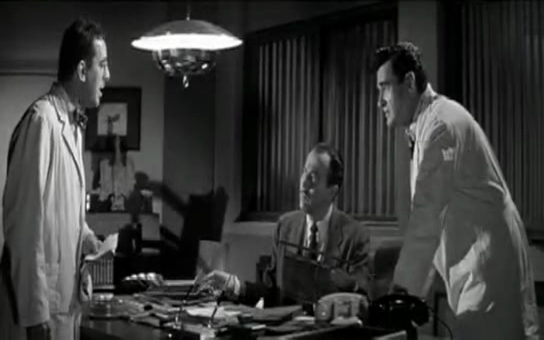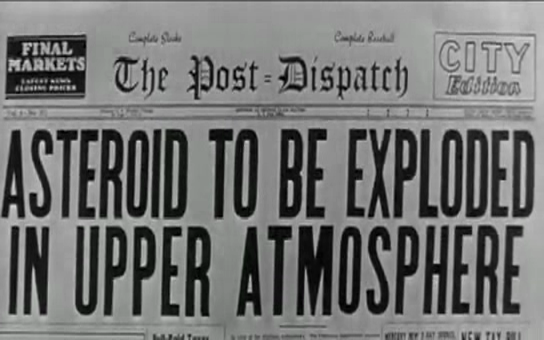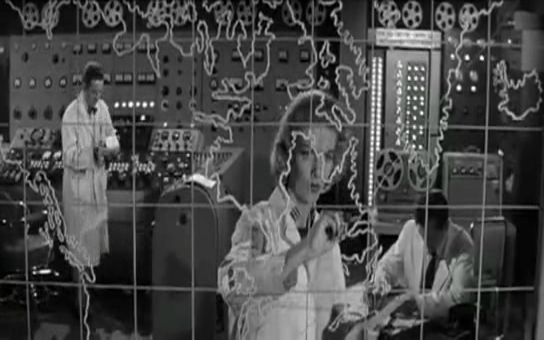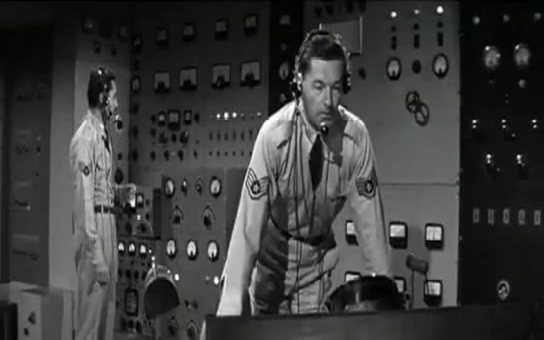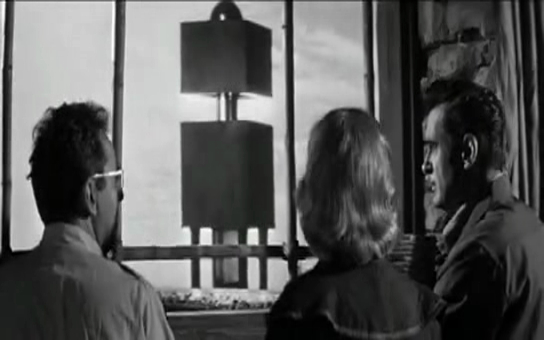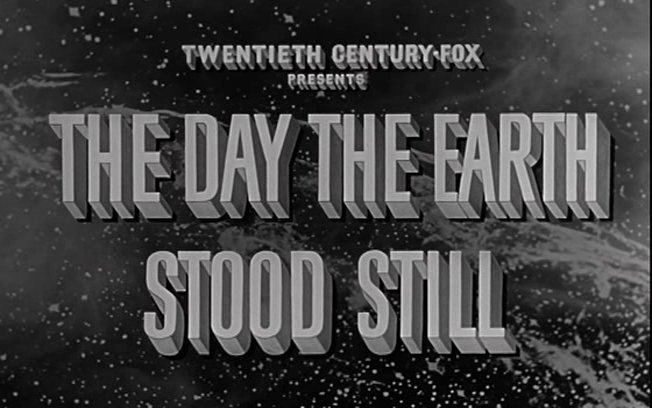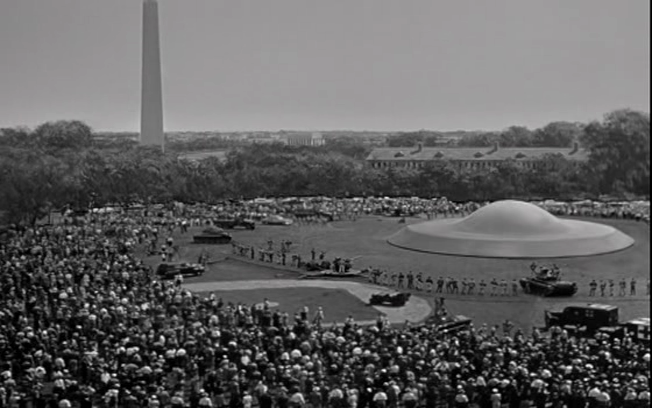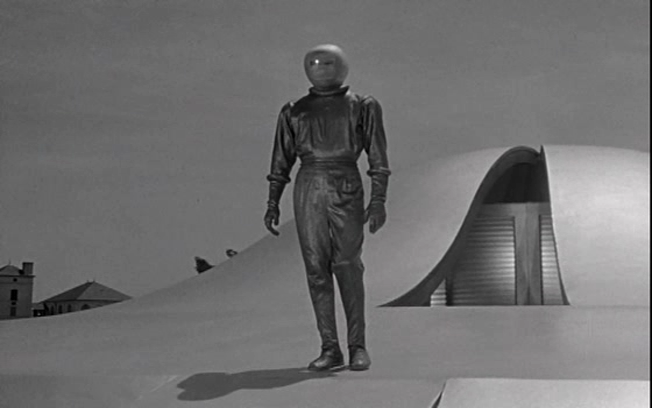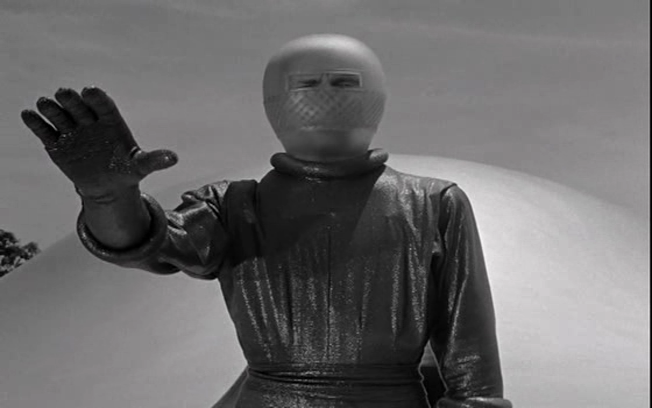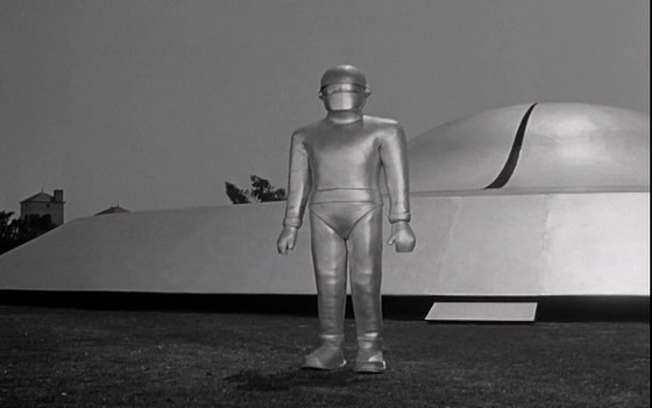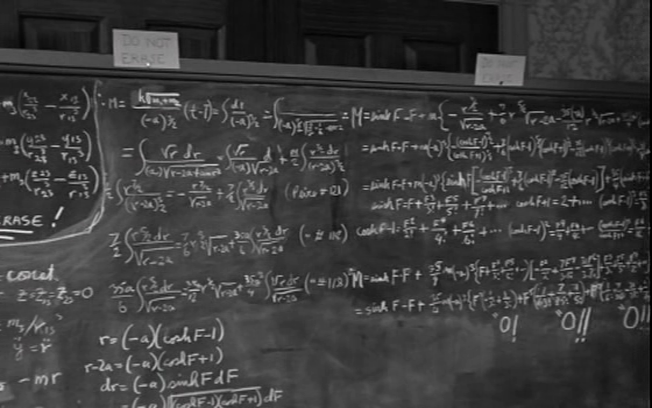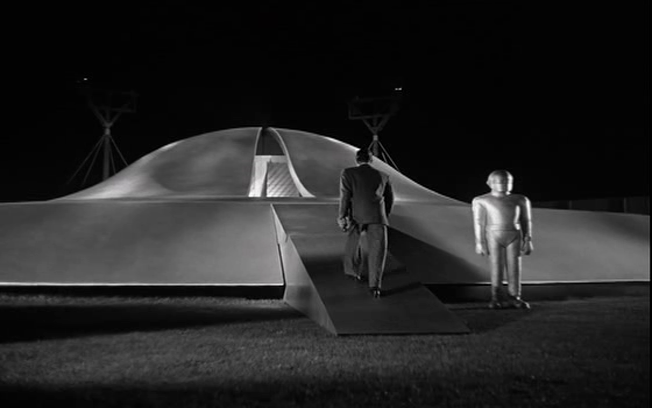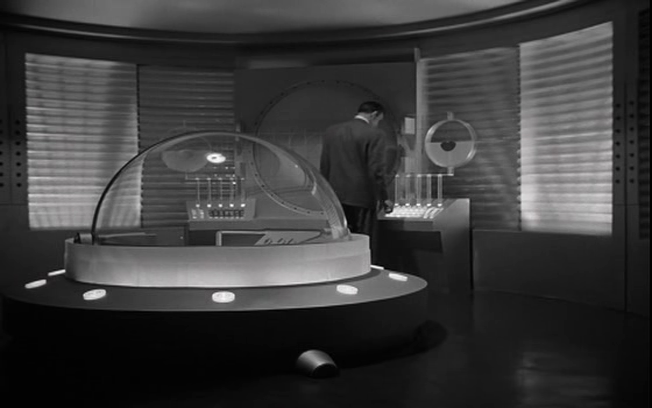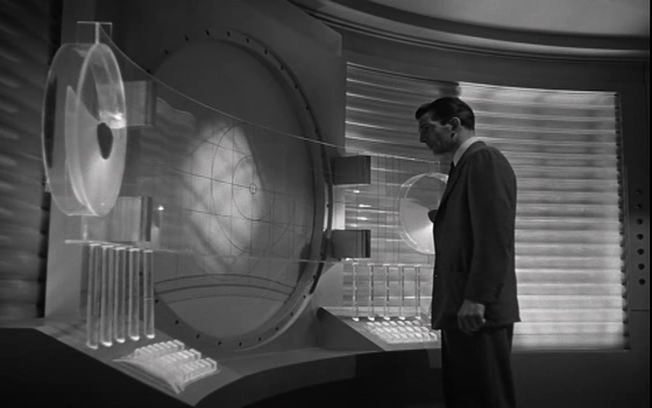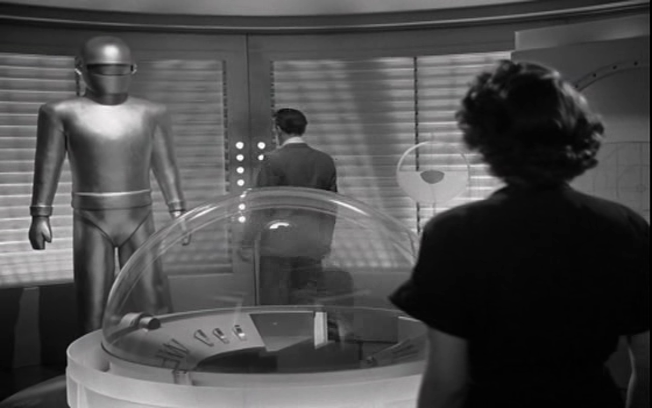-
#11 – Pi (1997)
Pi (1998)
Film review #11
dir. Darren Aronofsky
A psychological thriller about mathematics. What’s so psychological about mathematics you may ask?
Max Cohen is a mathematician who works with number theory. Ever since he started into the sun when he was six, he has had powerful headaches and pains, but he also gained a remarkable ability for calculating arithmetic sums. One day, when he is trying to find a formula for the stock markets, his computer spits out a 216-digit number and crashes. Thinking of it as an error, he carries on until he realises that the number he disregarded was correct, and that he had predicted the stock market crash.
This wraps Max up in a conspiracy between a number of vested interests such as a Wall Street company and a Jewish group. They believe the number can help them control the stock market, or bring about the messianic age, as the number would actually translate into the true name of God which was lost 2000 years ago.
The notion of everything in nature being able to be expressed in numbers is something we can accept to a point. Perhaps predicting the rise and fall of the stock market may be a little too far, but the film as a whole shows the power of numbers and what they can mean. Various bits of number theory and history are weaved throughout the film, so even if you’re not all that clued up on the history of mathematics, you can learn just about enough to get through the movie.
Pi isn’t your standard Hollywood film. The whole movie is shot in grainy black and white, and follows a very loose narrative. Parts of the film are left rather ambiguous as to whether they happen, or just an hallucination of the protagonist. It could be said that the whole movie is just one deranged concoction of a paranoid schizophrenic who believes he is being followed and everyone is out to get him (At certain points in the movie, this does seem to be the case). The mathematics however, cannot be made up or envisioned: It is perhaps the only solid thing in the film, and this real thing is bringing people to blows with each other, unleashing the most psychologically disturbing aspects of humanity in order to attain a number. If nothing else, this film really empowers mathematics and numbers, and shows just what they are capable of.
Finally, possibly the best quote from the movie:
“If you disregard the scientific rigour, you are no longer a mathematician…You are a numerologist!”
-
#10 – Kronos (1957)
Kronos (1957)
Film review #10
dir. Kurt Neumann
An old B-movie sci-fi from the 1950s. Kronos is not very well known, but has some interesting aspects to it.
When a strange asteroid is spotted in space, two scientists at Lab Central try to work out it’s origins. When it makes unnatural movements and deviations from it’s course, Dr Leslie Gaskell and Dr. Arnold Kulver suspect there may be something more to it. At the same time, a strange spark of light has taken possession of the Labs director: Dr. Hubbard Elliot. The asteroid continues on a collision course with Earth and panic spreads across North America, fearing it will crash onto a city. These fears are unfounded, when it crashes into the Pacific Ocean, near Mexico.
The scientists, along with Vera Hunter go to Mexico to investigate, and while they’re there, a strange construct appears. This “monster” (named Kronos by Gaskell, after the monster of Greek mythology), proceeds to march upon a power station to absorb it’s energy. Dr. Elliot is fighting the influence of the alien intelligence intermittently, and after Kronos absorbs the energy of a H-bomb, he regains control of himself to reveal the purpose of Kronos: To drain the planet of all it’s energy. In a race against time to stop Kronos from reaching the atomic weapons facility and its nearly unlimited energy, Leslie and Arnold engineer a plan to reverse the charge of Kronos’s energy convertors, effectively destroying itself.
The plot may seem a bit confusing, but it addresses issues such as energy consumption before many other films or TV series did. The science of the movie moves between factual and fictional rather seamlessly, making it hard to pinpoint where the real end science ends, and the fictional science begins. This, however, is probably a good thing for movies such as this, which are released onto a general public that really isn’t that clued in on science, namely the American movie-goers of the 1950s.
On that subject, the movie is very much an American movie. Movie staples such as the spinning newspapers aid the transition of science into the cinema mainstream. A sound move perhaps, since movies in the same genre from the 50’s, such as The Day The Earth Stood Still don’t rely much on the technical science, and generally put an alien or scientific spin on common human dramas, which is not the case for Kronos.
The main characters are very much the same as every other movie character at that time in America, with a little cowboy attitude, and the relationship between Leslie and Vera, which seems very normal, talking about going to the movie themselves, and frolicking on the beach. Perhaps this humanises the notion of what sort of person a scientist is, as their perception at this time would be of someone who develops weapons of mass destruction, rather than someone who furthers knowledge and understanding. The character of Dr. Arnold Kulver probably fits the traditional scientist model more so, with his glasses, and bow tie, and how he seems to have more of a relationship with the computer SUSIE than an actual woman. He plays more of a “sidekick” role, which fits with a lot of American drama at the time, putting the role of the “brainbox” as the assistant, and never as the star. Though Leslie is a scientist too, he rarely plays to the traditional convention of one like Arnold does.
Apparently, the entire movie was filmed in just two weeks. Which seems rather quick even for the 1950s. There is a lot of stock footage, and there are only a few actual locations/sets used, and the special effects are quite underwhelming. Lab Central has a very postmodern look to it, with its dome lighting and physic models, and a rather impressive looking computer called SUSIE (short for Synchro Unifying Sinometric Integrating Equitensor…sounds either very complex or just nonsense depending on your perspective). This computer may look rather grand and complex, but its function could probably be accomplished now using a computer about a tenth of its size. Back when it was produced though, when people had no concept of personal computers, this is what computers would have been recognised as: Large sets of blinking lights and switches that occupy entire rooms.
There’s a small religious reference in this movie. When the scientists go to Mexico, they stay with a man who (though he speaks entirely Mexican), is clearly religious, with a cross on the wall, and who kisses the cross on his neck when Kronos appears. It seems science-fiction movies from this era always find a way to shoehorn religion in their movies somewhere. Like The Day The Earth Stood Still as well, it addresses the danger of atomic weapons, though not in their destructive power, but how they feed Kronos to make it more powerful.
So while nothing particularly special in terms of production, Kronos offers a view of the perception of science in the 1950s. The plot is riddled with scientific jargon, and the plot requires some deduction since it isn’t explained until very late on. A disaster movie that is powered by, and eventually stopped by science.
-
#9 – The Day the Earth Stood Still (1951)
The Day The Earth Stood Still (1951)
Film review #9
dir. Robert Wise
Classic sci-fi movie from the 1950’s. The plot is a classic sci-fi trope of the self-destructive nature of man and its far reaching consequences.
When an unidentified object is spotted in Earth’s atmosphere, people around the world rush to identify its origins. Like many movies where first contact is imagined, such as Contact or Close Encounters…people’s reactions to the unknown is one of fear and terror. When the alien lands, it is surrounded by military personnel and tanks. The alien is accompanied by his robot “Gort”, and is then (accidentally) shot, and it turns out he is very much human in appearance. As the movie progresses, the Alien injects his fresh perspective on some of the sights in Washington, and its inhabitants. He says he has a message for the people of the world…and a warning, which must be heard by all of the inhabitants of the planet…
The Day The Earth Stood Still takes a rather simple approach to representing aliens. The alien (Klaatu) is identical to humans in appearance, he even gets a check up in hospital which seems to confirm his physiology is similar to humans as well. Being able to learn our language through broadcasts is a feasible premise, though. It’s easy to look back at movies such as this (which was considered a big budget movie at the time) and criticise the interpretation of aliens and first contact, but they really set the benchmark for films of this kind, and were successful upon their initial release.
As with a number of other sci-fi movies that deal with the whole “first contact” situation, religion surprisingly makes an appearance again. The one line which stands out in this respect is when Klaatu is revived and is asked whether he has power over life and death, he replies: “that power is reserved to the Almighty Spirit.” Strange, ambiguous words from an alien. Apparently, this line was inserted because the MPAA thought Gort’s power over life and death to be too God-like, and an affront to religious beliefs.
What I didn’t pick up throughout the movie (and it seems not many do) is Klaatu’s similarities to Jesus. Arriving from the sky as a messenger…Powers to perform miracles…Even when he pretends to be human he adopts the name “carpenter” (The profession of Joseph, Jesus’s Father). The screenwriter figured these associations would be “subliminal”, but it seems very few people see them the first time watching the movie. Perhaps when you’re watching a sci-fi movie such as this, religious connotations aren’t exactly things you might expect to find…
The maths and science behind the story doesn’t add up in some places (This film was made before the first satellite was launched into space, let alone the first man), but the accuracy isn’t really the point of the movie, it is about the consequences of continued war and aggression on the planet, and how it could easily end in our untimely eradication. A stark message…and warning indeed.
